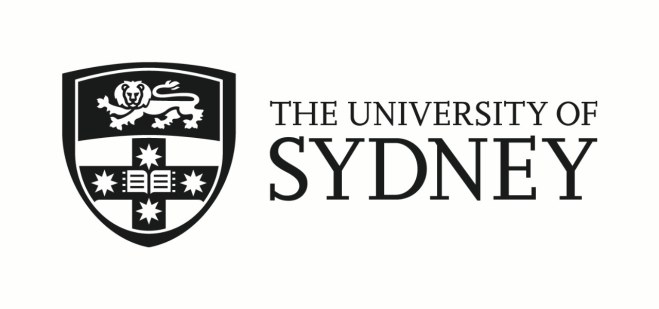Use the Back button in your browser to see the other results of your search or to select another record.
Detailed Search Results
| Telerehabilitation improves cardiorespiratory and muscular fitness and body composition in older people with post-COVID-19 syndrome |
| Pleguezuelos E, Del Carmen A, Moreno E, Serra-Prat M, Serra-Paya N, Garnacho-Castano MV |
| Journal of Cachexia, Sarcopenia and Muscle 2024 Oct;15(5):1785-1796 |
| clinical trial |
| 8/10 [Eligibility criteria: Yes; Random allocation: Yes; Concealed allocation: Yes; Baseline comparability: Yes; Blind subjects: No; Blind therapists: No; Blind assessors: Yes; Adequate follow-up: Yes; Intention-to-treat analysis: Yes; Between-group comparisons: Yes; Point estimates and variability: Yes. Note: Eligibility criteria item does not contribute to total score] *This score has been confirmed* |
|
BACKGROUND: The effects of post-coronavirus disease 2019 (COVID-19) syndrome on the cardiorespiratory and muscular fitness in older people are of utmost relevance. This study aimed to evaluate the effects of a 12-week telerehabilitation programme on cardiorespiratory and muscular fitness and body composition in older patients with post-COVID-19 syndrome. METHODS: One hundred twenty older patients with post-COVID-19 syndrome were randomly assigned to one of two groups: patients who carried out the telerehabilitation programme (n = 60; age 65.0 +/- 5.2; female 14.2%) and a control group (n = 60; age 64.3 +/- 5.0; female 24.5%). An incremental cardiopulmonary exercise testing, isokinetic strength test, and bioelectrical impedance analysis were performed to compare cardiorespiratory and muscle strength responses and body composition between telerehabilitation and control groups. RESULTS: A significant increase in the cardiopulmonary exercise testing duration was found in the telerehabilitation group compared to the control group (mean difference 88.9 s, p = 0.001). Peak oxygen uptake increased in the telerehabilitation group (mean difference 3.0 mL/kg/min, p < 0.001) and control group (mean difference 1.9 mL/kg/min, p < 0.001). Power output in cycle ergometer (mean difference 25.9 watts, p < 0.001), fat free mass (mean difference 2.1 kg, p = 0.004), soft lean mass (mean difference 2.1 kg, p = 0.003), and skeletal muscle mass (mean difference 1.4 kg, p = 0.003) only increased in the telerehabilitation group. A significant increase in the power output was observed in the telerehabilitation group compared with the control group in both lower limbs after isokinetic strength test of the leg extension at a speed of 60 degrees (right mean difference 18.7 watts, p = 0.012; left mean difference 15.3 watts, p = 0.010). The peak torque of right leg extension increased only in the telerehabilitation group after isokinetic strength test at a speed of 60 degrees (mean difference 13.1 Nm, p < 0.001). A significant increase in the power output was observed in the telerehabilitation group compared with the control group in the left leg extension after isokinetic strength test at a speed of 180degree (mean difference 30.2 watts, p = 0.003). CONCLUSIONS: The telerehabilitation programme improved cardiorespiratory and muscular fitness, and body composition in older patients with post-COVID-19 syndrome to a greater extent than a control group. The telerehabilitation programmes may be an alternative to improve the sequelae of post-COVID-19 syndrome in older patients.
|


